Have you ever felt flat leading into a session? Felt like you just can’t get going? Have you had your session interrupted because of persistent cramps?
These are common issues that athletes and active people face on a regular basis, and they usually related to your body's level of electrolytes, or lack thereof!
Hydration is essential component to the health and wellness of all people, athlete or hobbyist alike. And contrary to what you may have been led to believe, water alone is not always an adequate form of hydration.
This is especially true for athletes who sweat an excessive amount. You only need one high-intensity training session to know just how much you sweat, especially when you're getting after it in the hotter months of the year.
According to The American College of Sports Medicine (ACSM), losing as little as two percent of your body weight in water can hinder your performance and compromise your health.
In this article, we will address what electrolytes are, how to test your hydration, and why they’re essential to avoiding those dreaded muscle cramps.

What are electrolytes?
The term ‘electrolytes’ pops up frequently in sports nutrition - you’ve probably seen it splashed across the labels on sports drinks and Gatorade bottles, but what exactly are they? Electrolytes are the minerals found in your body’s fluids, such as blood, sweat and urine, and carry a positive or negative electric charge.
Electrolytes have an important role in maintaining a number of vital bodily processes such as contracting muscles, regulating your body’s pH levels, keeping you hydrated, generating energy for cells, and transporting signals travelling back and forth to the brain. Sodium, potassium, calcium, chloride, phosphate, magnesium and bicarbonate are all types of electrolytes found in the body.
Electrolyte imbalance
An imbalance occurs when the levels of electrolytes are too high or too low in your body. This happens during exercise, when electrolytes such as sodium and potassium are lost through sweat and aren't replaced.
Water alone doesn’t contain electrolytes and won't alone return the body to a rehydrated state - in fact, gulping down a bottle will only dilute the electrolytes you have left, essentially magnifying any imbalance.
Some symptoms of this include feelings of weakness, irregular heartbeat, and decreased muscle control - all of which can be detrimental to performance. Another side effect are muscle spasms, which regularly disrupt the training sessions of many athletes.

The link between electrolyte imbalance and muscle cramps
Aside from causing intense - albeit brief - discomfort, muscle cramps are a nuisance when you’re deep in training and are forced to take a timeout because you’re writhing in pain. Muscle cramps can manifest from excessive sweating, when the body experiences a significant sodium deficit. These cramps are referred to as exertional heat cramps.
Don’t let the name confuse you - even though ‘exertional heat cramps’ seems to hint that they would only occur in hot environments, athletes often experience them in cooler settings and indoors. The common denominator is the extensive amount of perspiration.
The point of electrolyte deficiency that is enough to trigger muscle cramps is not well defined, however, an article in the journal Current Sport Medicines Reports states that:

“An estimated sweat-induced loss of 20%-30% of the exchangeable Na+ (sodium) pool has been noted with severe muscle cramping.”
If you’re a ‘salty sweater’, chances are that you’re more likely to be susceptible to exertional heat cramps. These are athletes who have high sweat sodium concentration coupled with a high sweating rate. This may cause a more rapid depletion of plasma volume, resulting in a quicker shift of interstitial fluid to the intravascular space and triggering the onset of muscle cramps. Even if you have much lower sweat sodium concentrations, you could still be at risk if your sweat rate is high enough or your exercise extends over a prolonged period of time.
So how can you help ease or prevent exertional heat cramps? Research recommends the following:
Prevention
- Consume 1.5 - 3 cups of water per hour of exercise and add a formula of sodium and potassium to maintain hydration and sodium balance.
Pro Tip: Our CMBT Hydrate has been specifically formulated with a blend of 5 quality electrolyte sources that can assist in fighting dehydration during heavy sweat loss. Click here to find out more.
Recovery
- As soon as you start to feel the first twitches of a muscle cramp, quickly consume a high-salt solution. For example, half a litre of sports drink with 3g of salt added. This should take effect within several minutes.
- Massage the affected muscles and apply ice to relieve spasms.

Hydration test
A major risk factor of electrolyte imbalance is dehydration as the body loses so much water and so many electrolytes through sweat. To assess how hydrated your body is, try these tips:
- Dry skin: Cracked or dry skin and lips are a tell-tale sign of dehydration. If you can’t tell upon first glance, run your nails in a line over your skin. If a white scratch is left behind, your skin is dry and you’re likely dehydrated.
- Check your urine: Dark yellow urine is a definite warning sign of mild or severe dehydration. Ultimately, good hydration is indicated through a very light urine colour. You may also urinate less than normal if you’re dehydrated.
- Headaches: Even mild dehydration can cause headaches. If you find yourself suffering often, you may want to increase your fluid intake.
Mindful rehydration through fluids rich in electrolytes is essential for performance and overall health. If this is dismissed, you are ultimately hindering your body from functioning optimally in the gym and in recovery.
Pro Tip: CMBT Reload Recovery Protein has a strong electrolyte composition that includes magnesium. Magnesium helps relax muscles and prevent them from cramping or spasming. It also helps replenish red blood cells, which have been hard at work providing your body with oxygen during exertion whilst helping with a reduction in inflammation. Click here for more information.


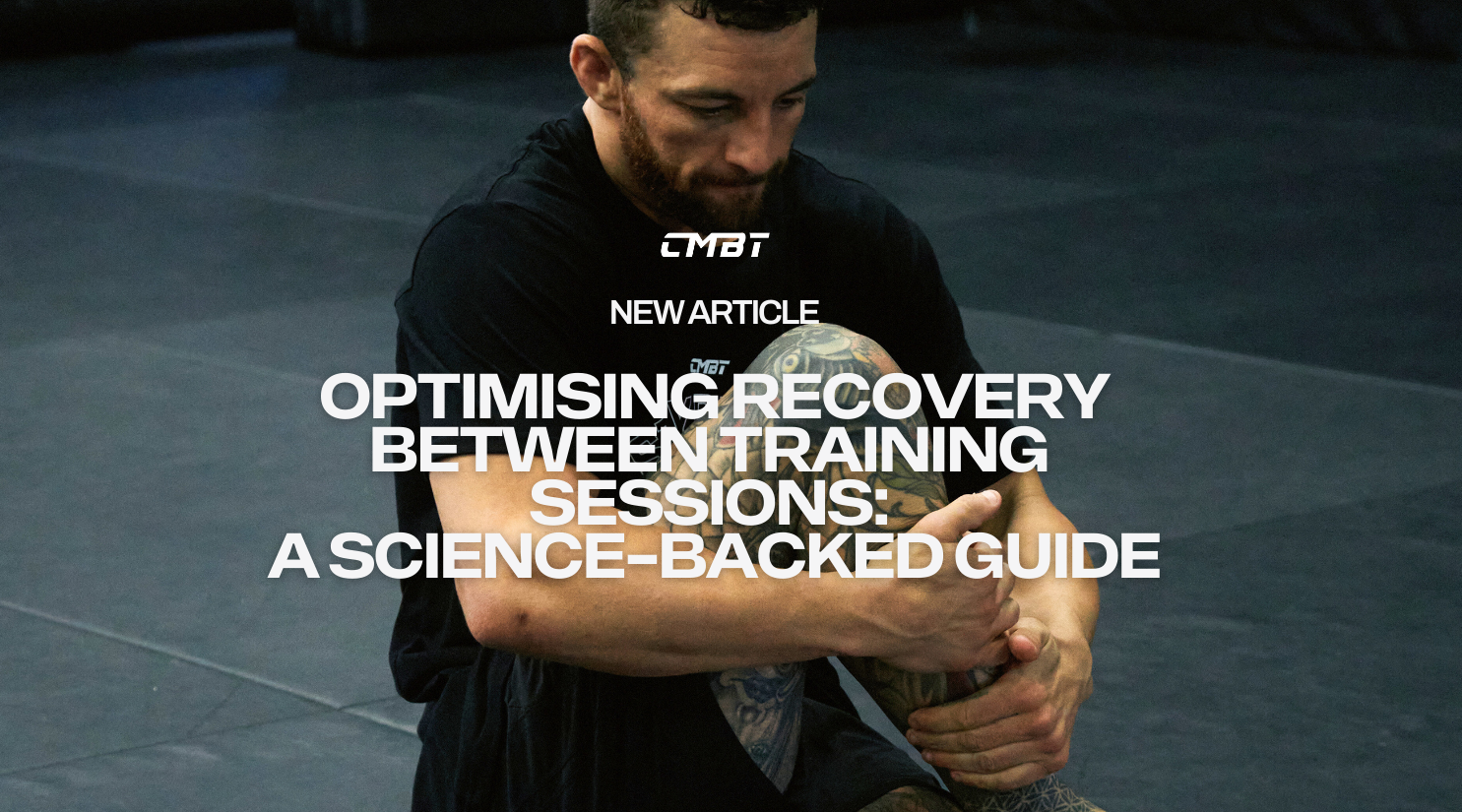

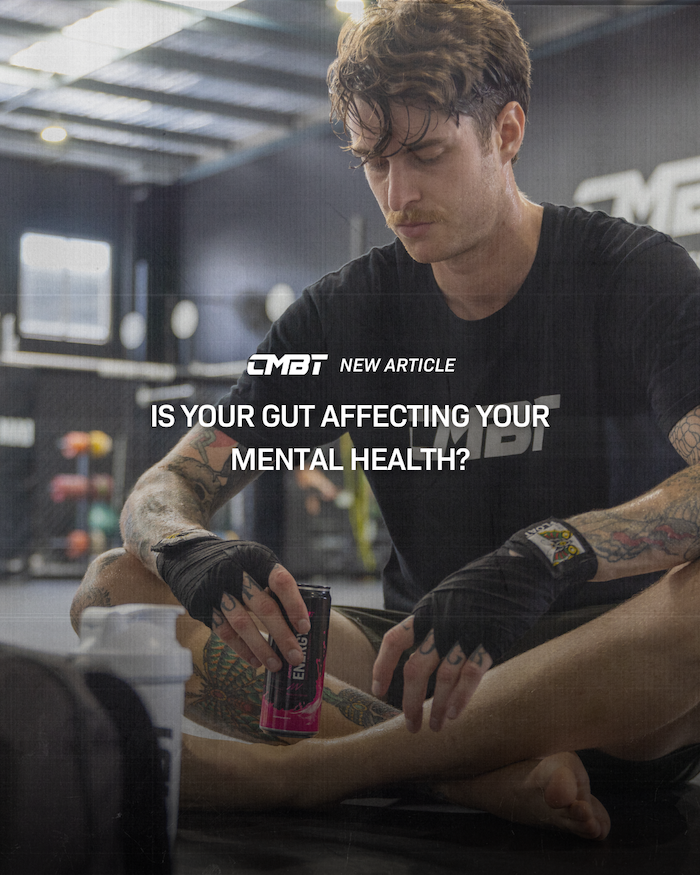
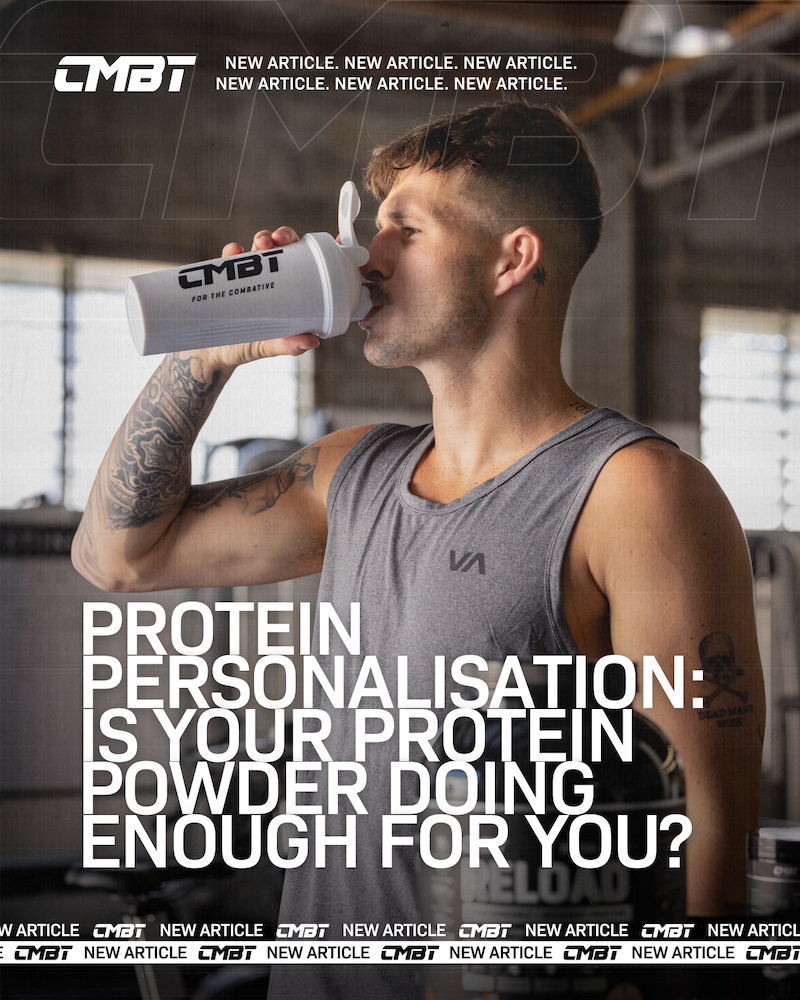
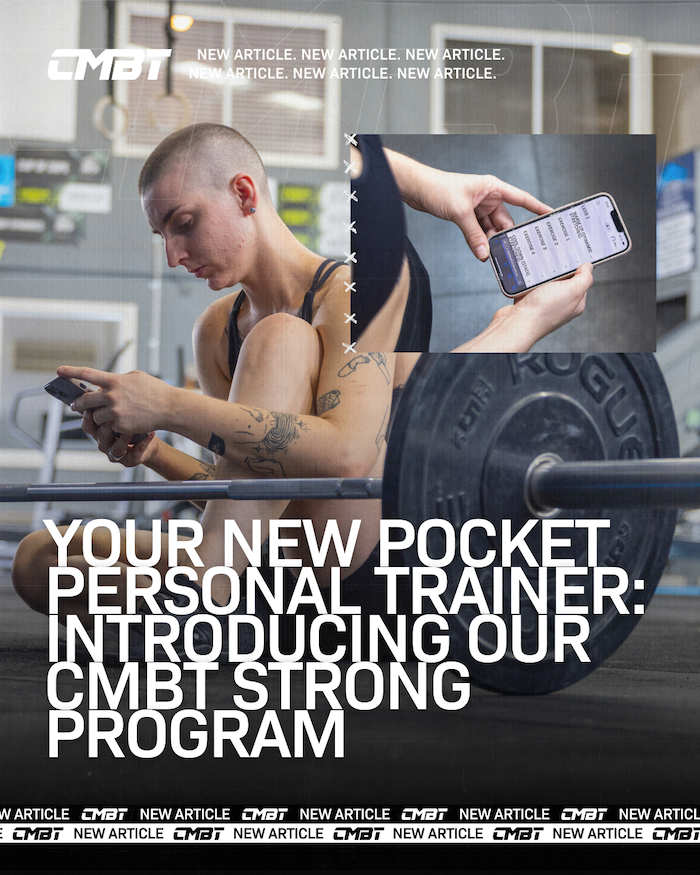
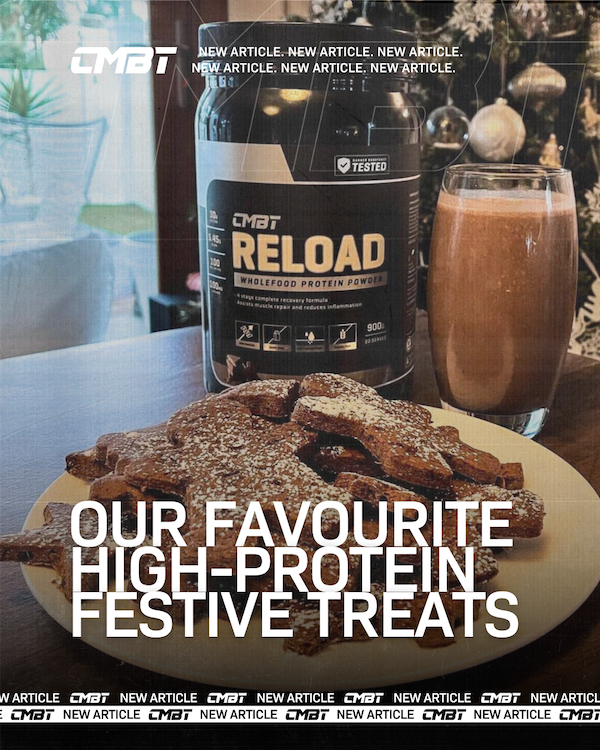

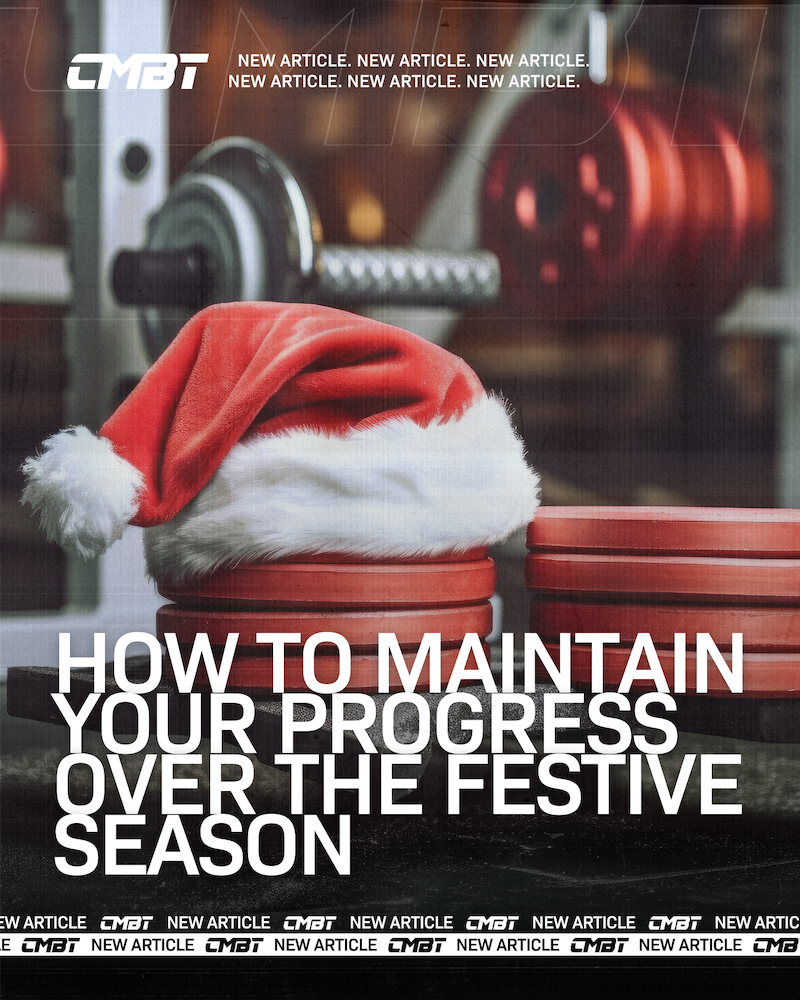
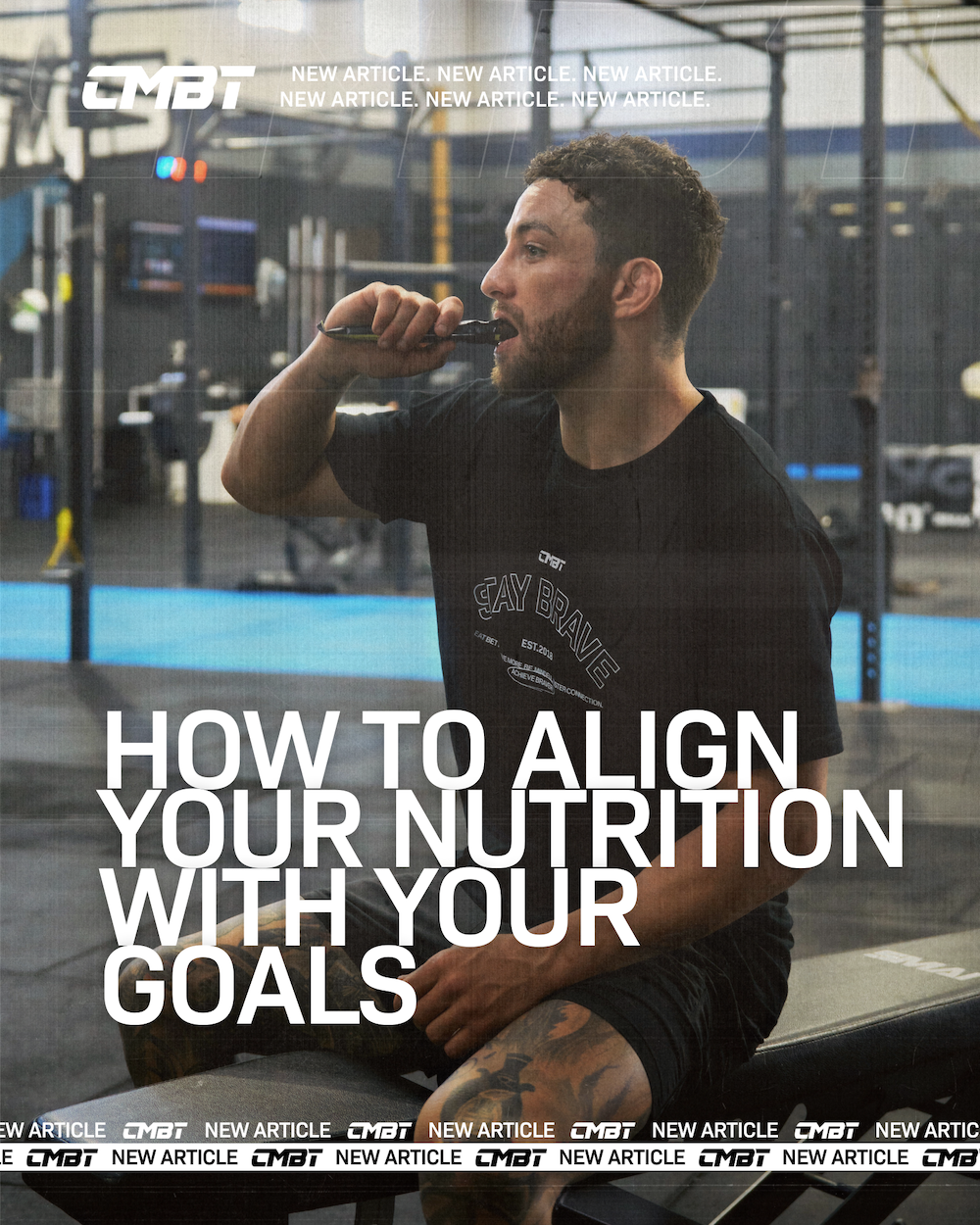

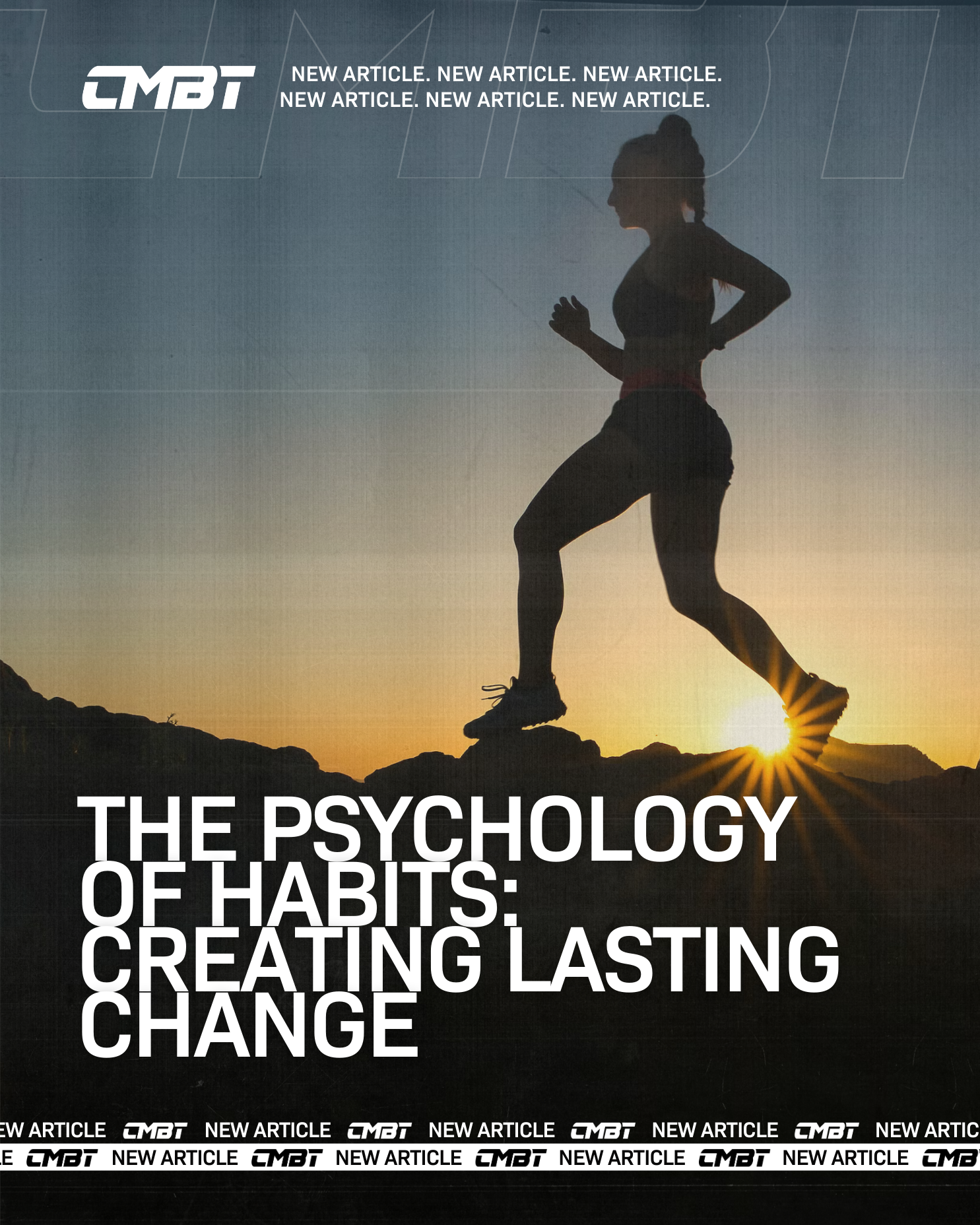

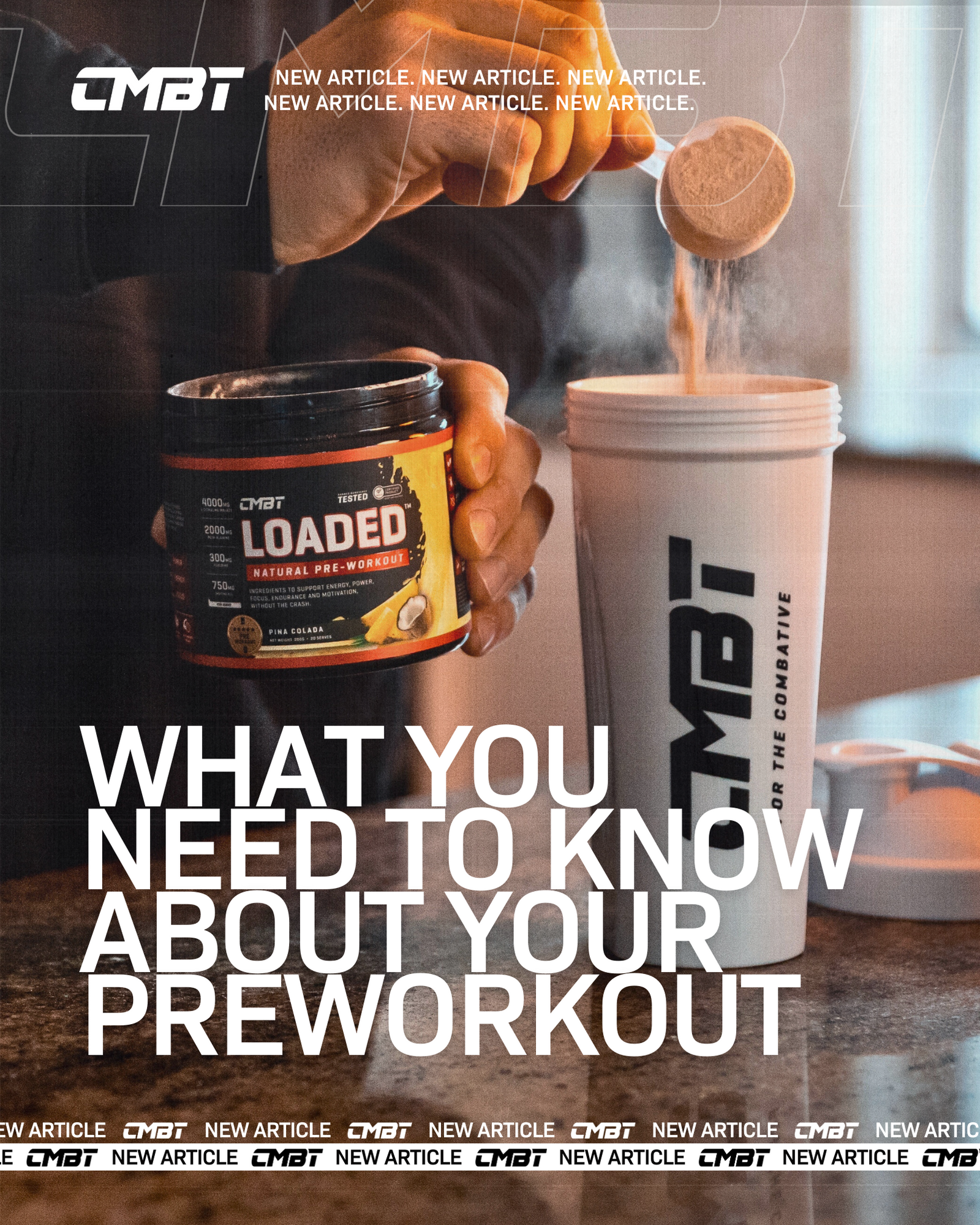

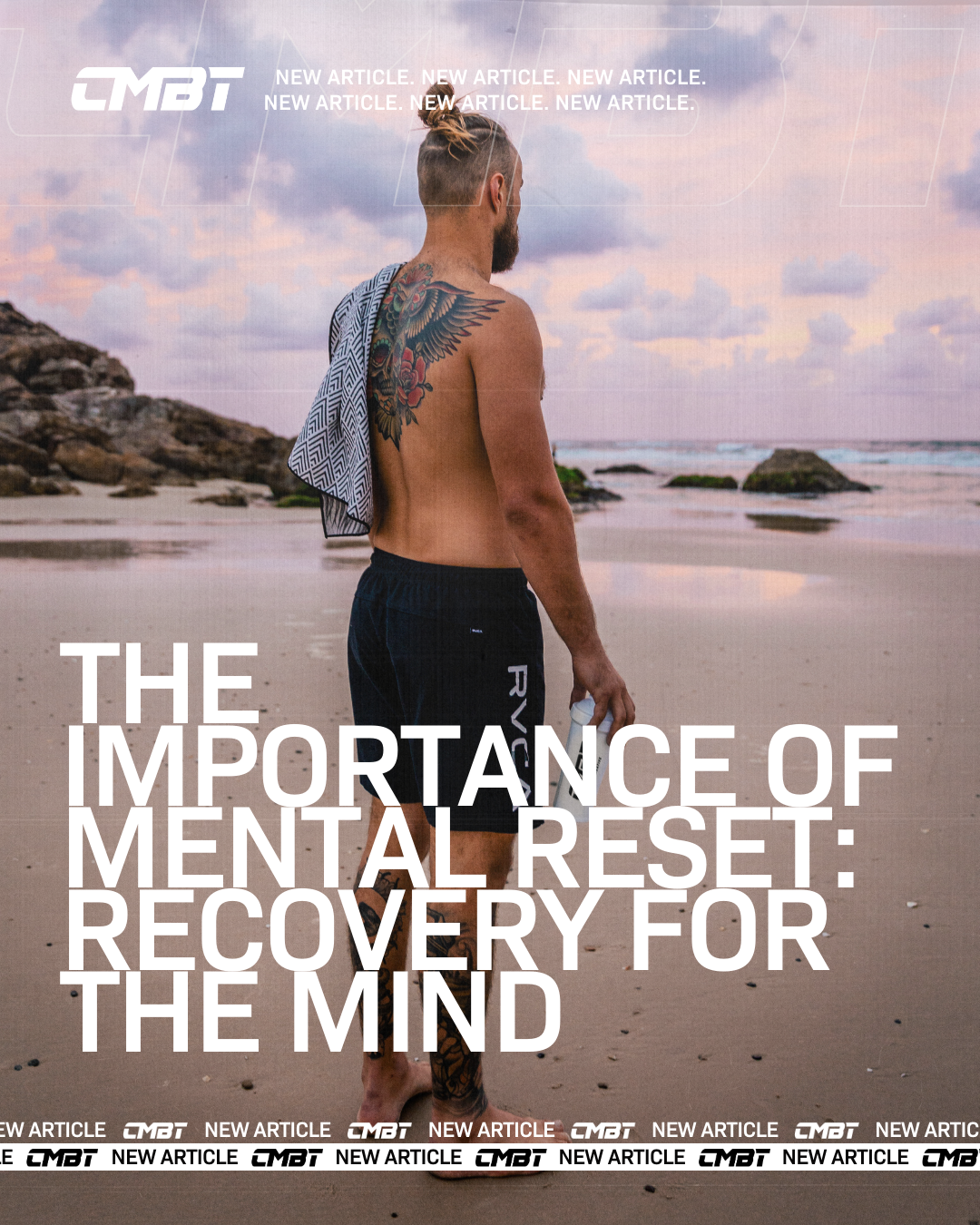
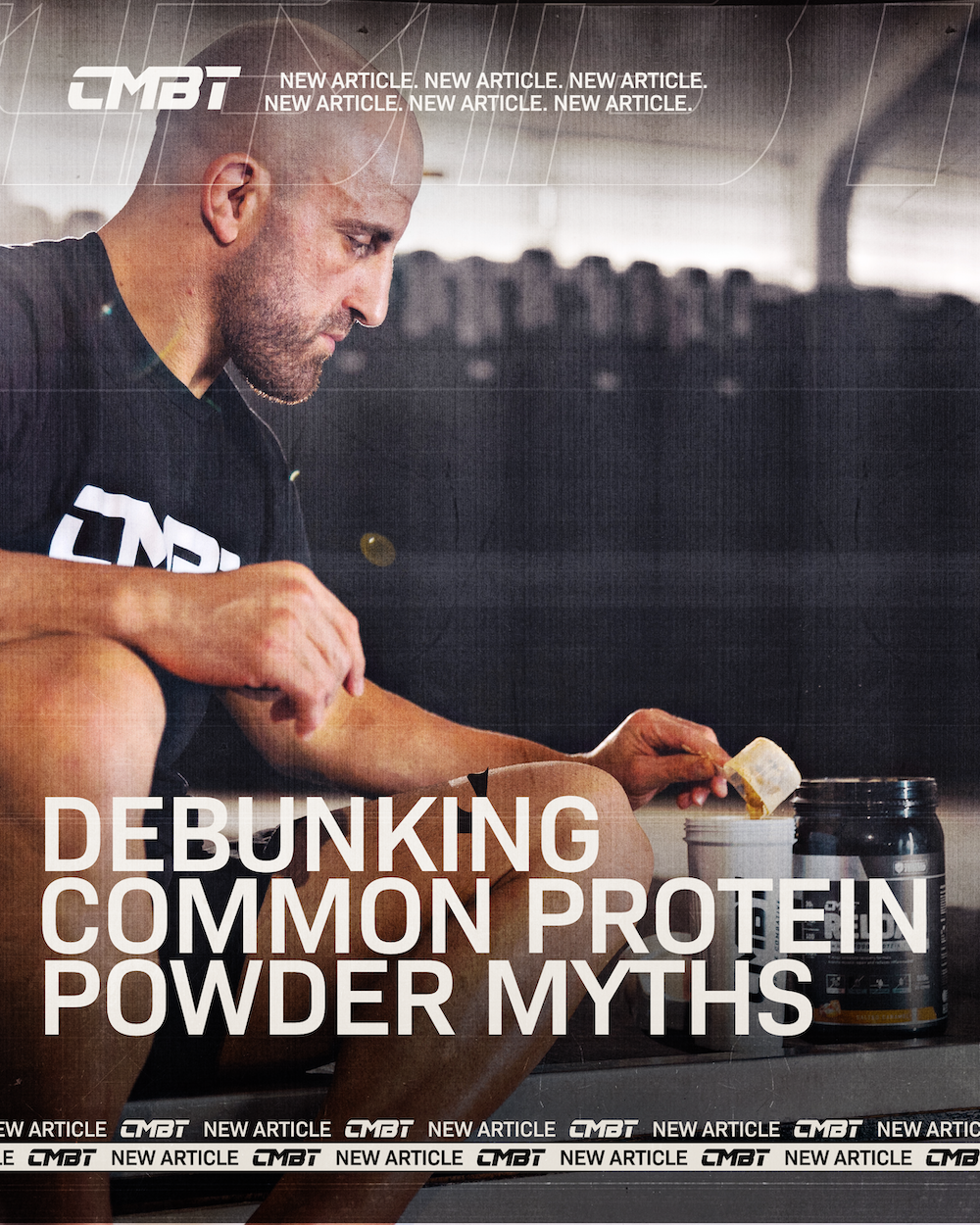
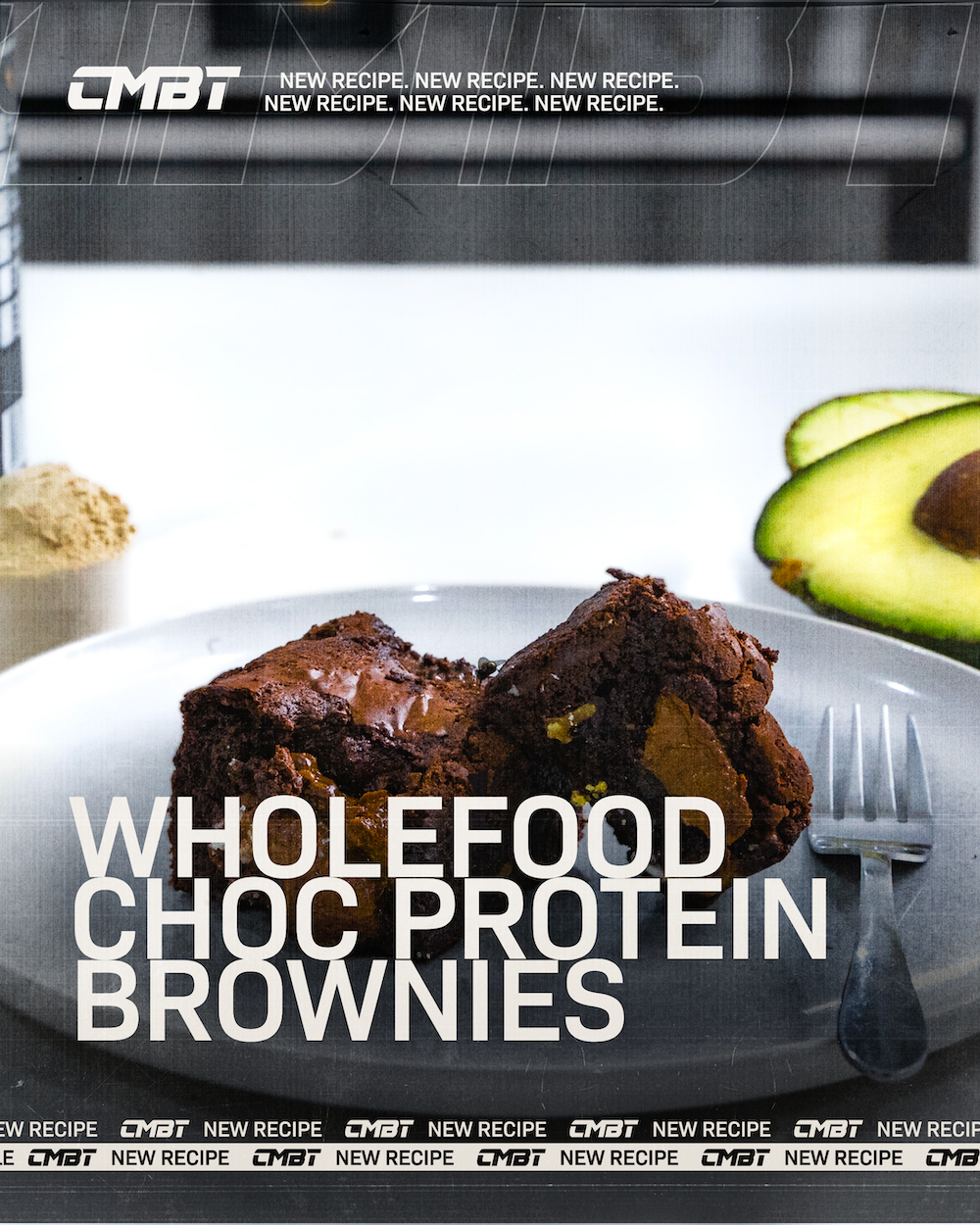
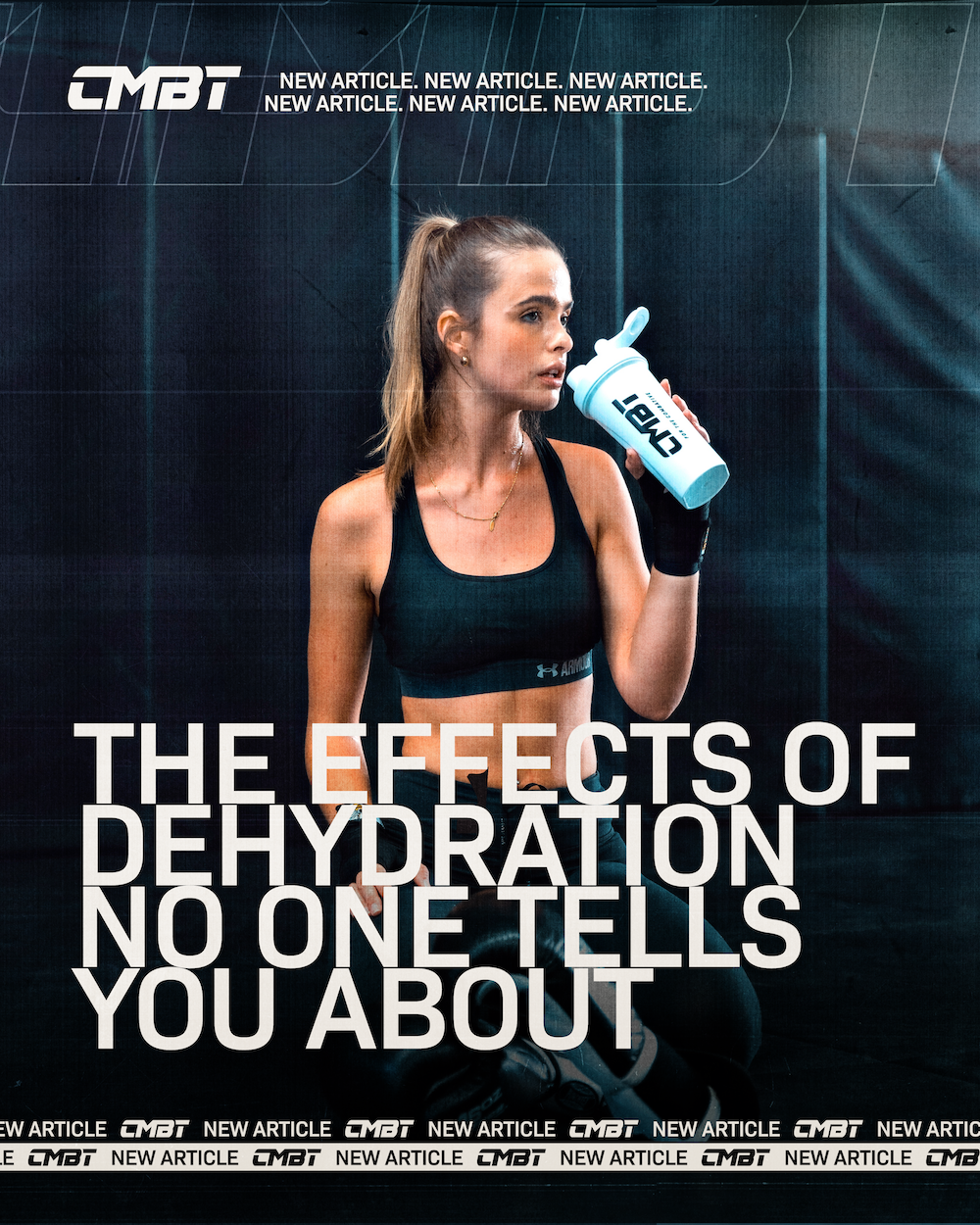





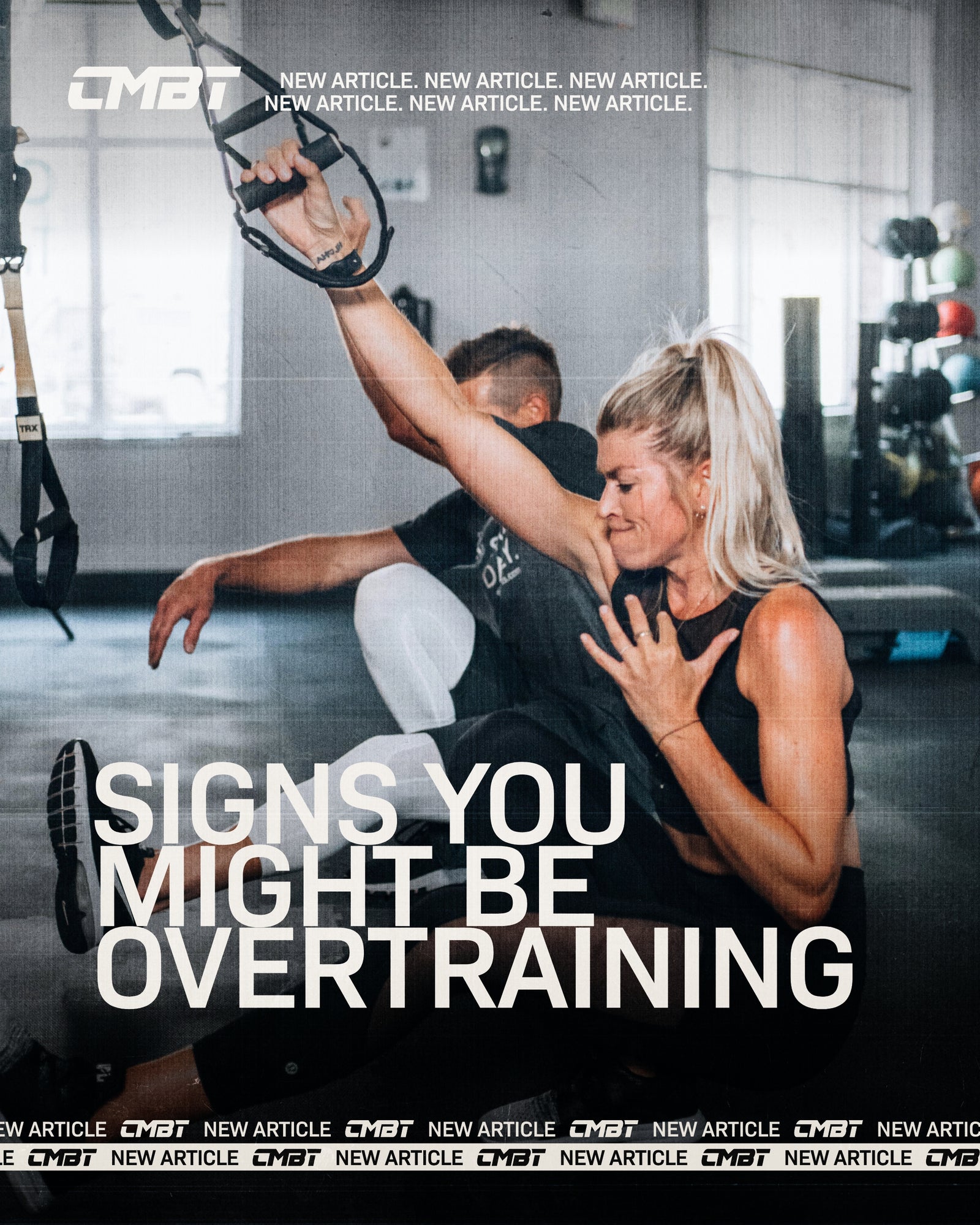
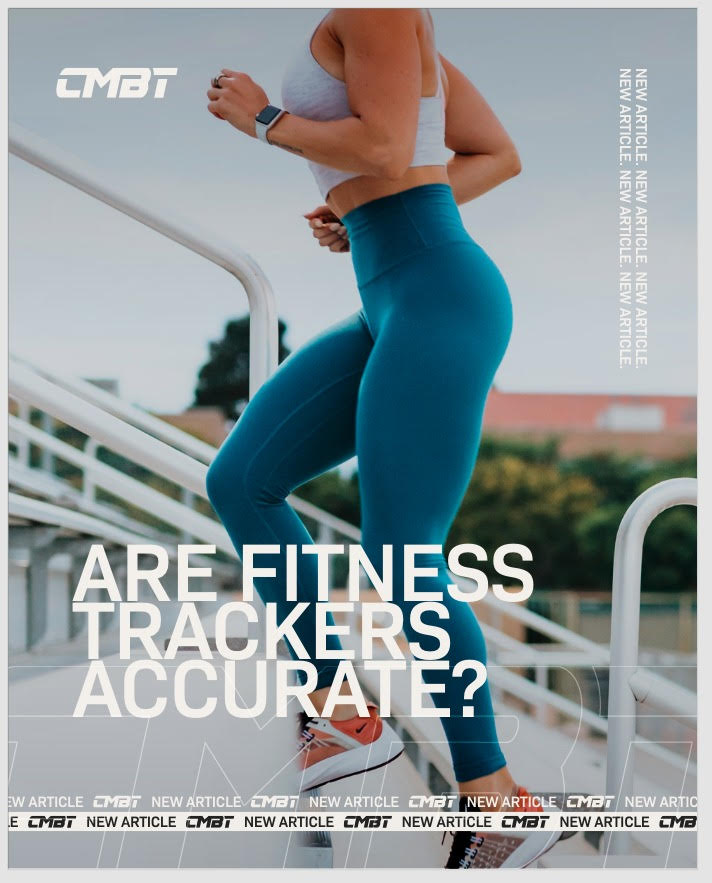

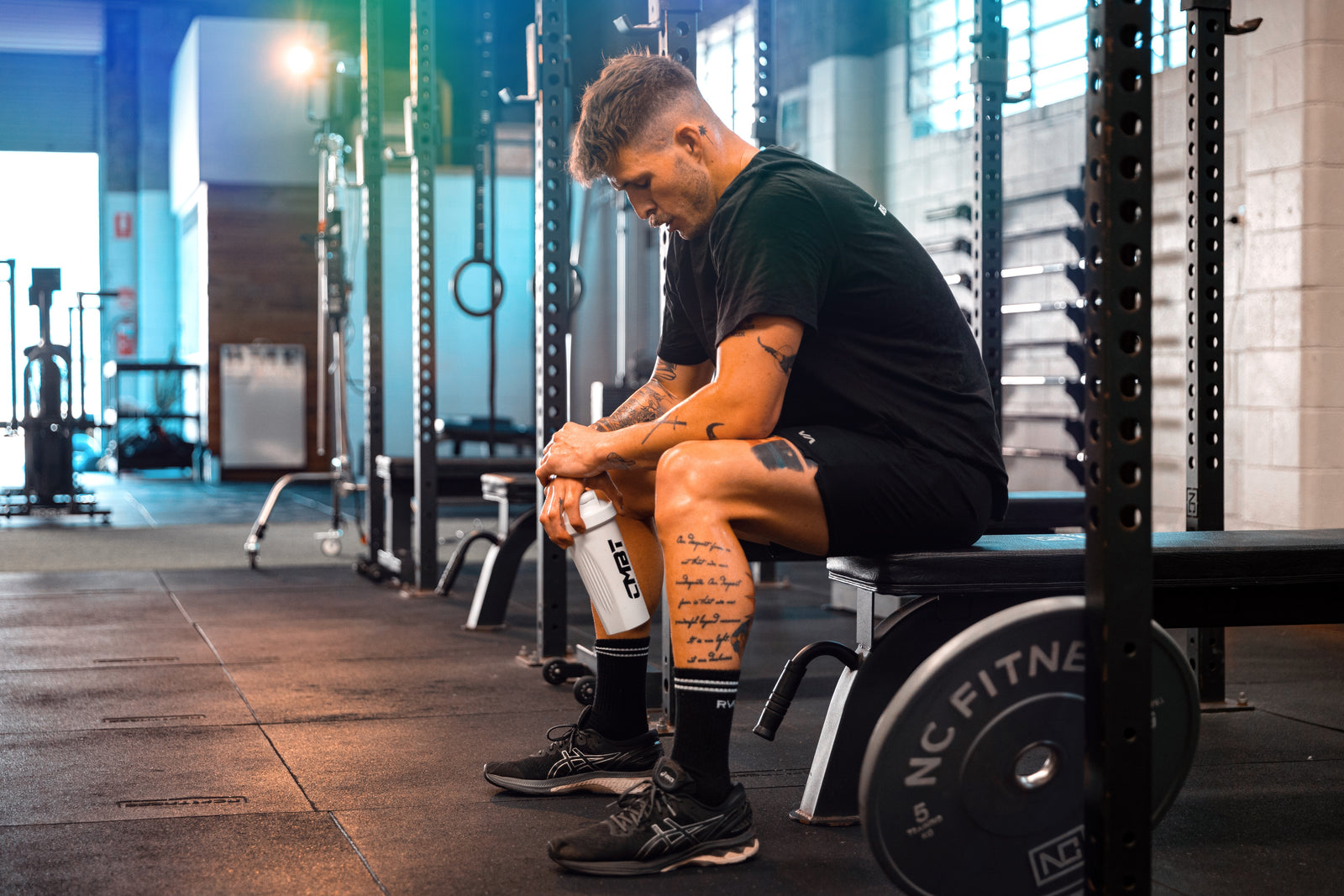

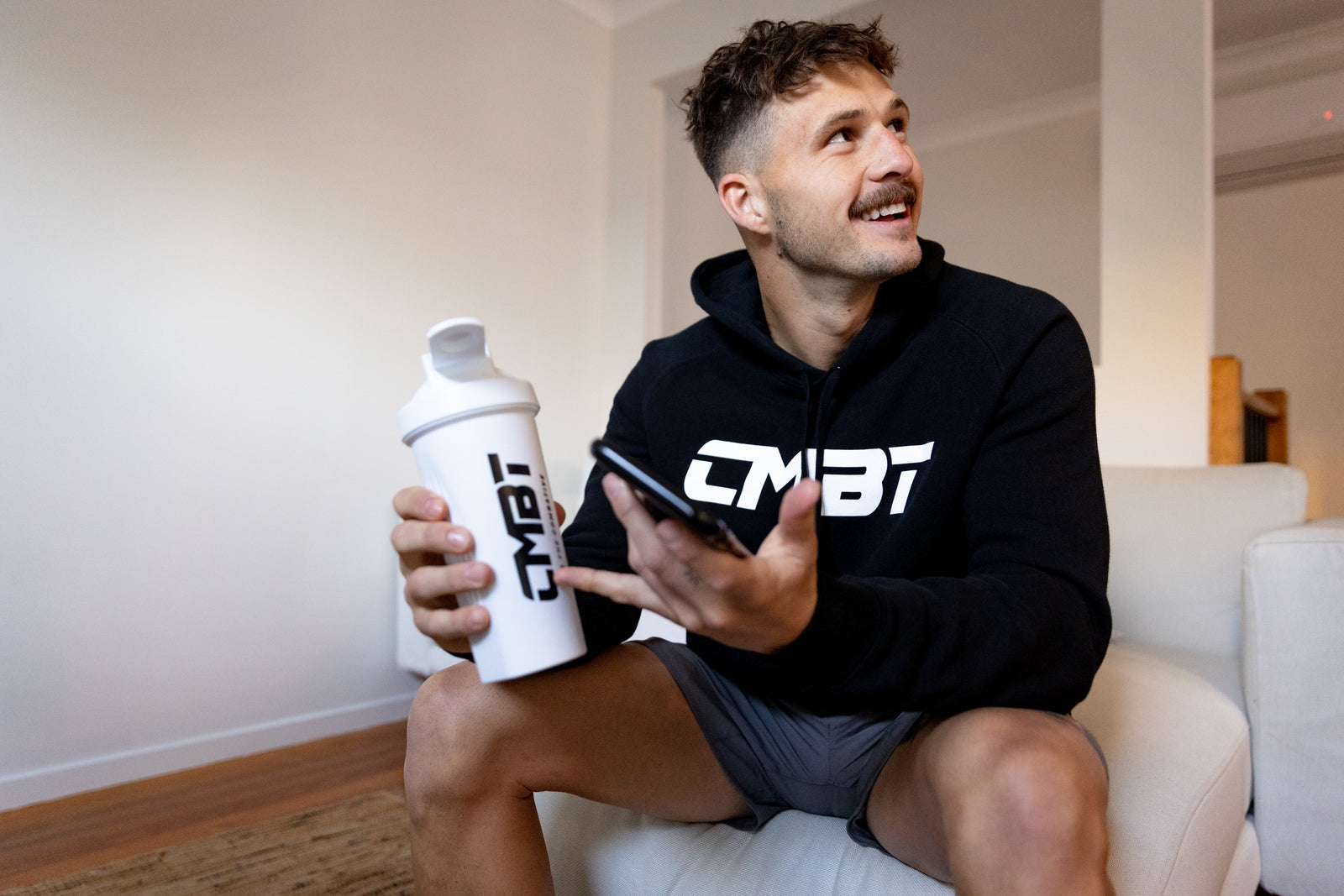

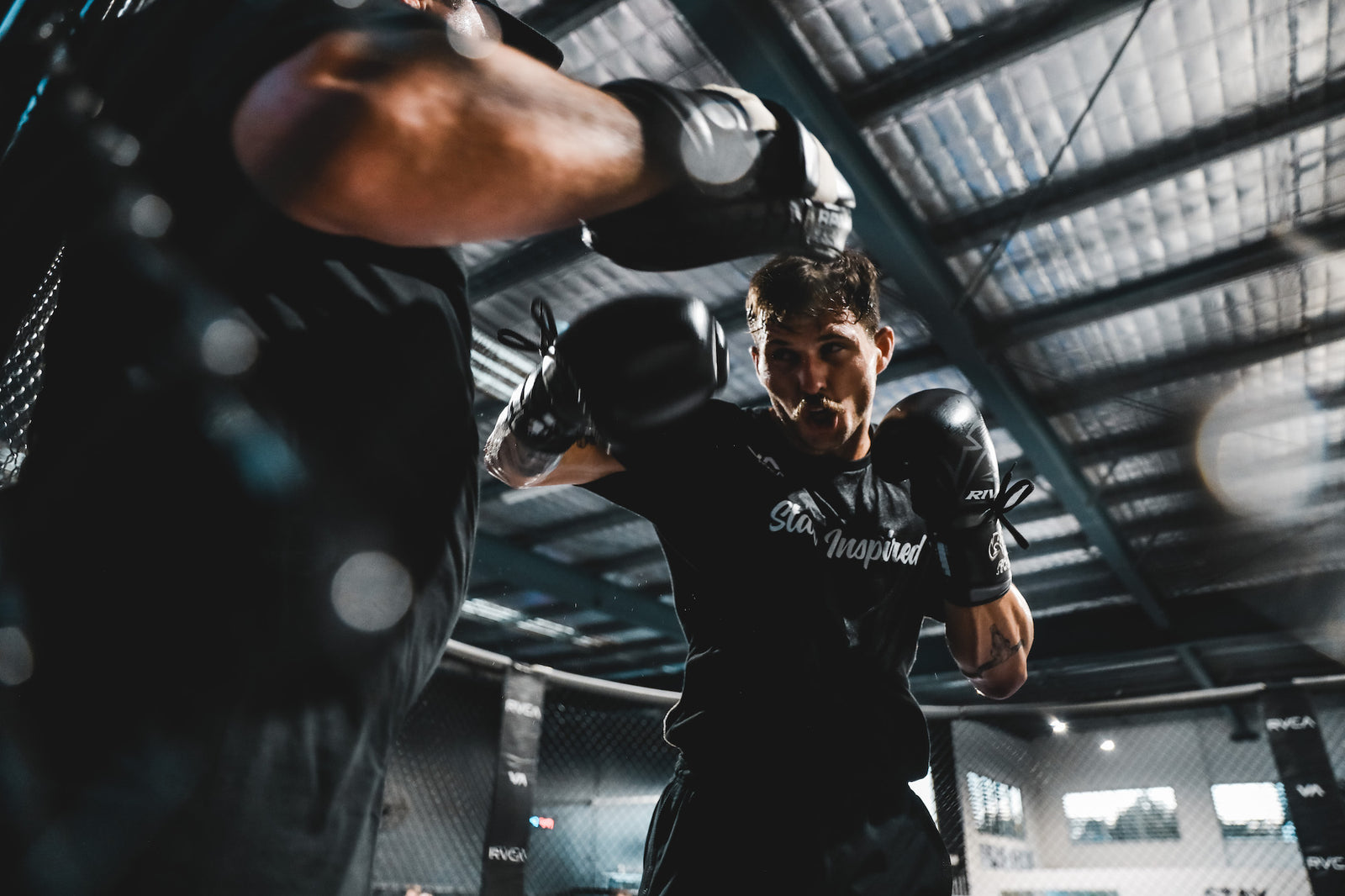
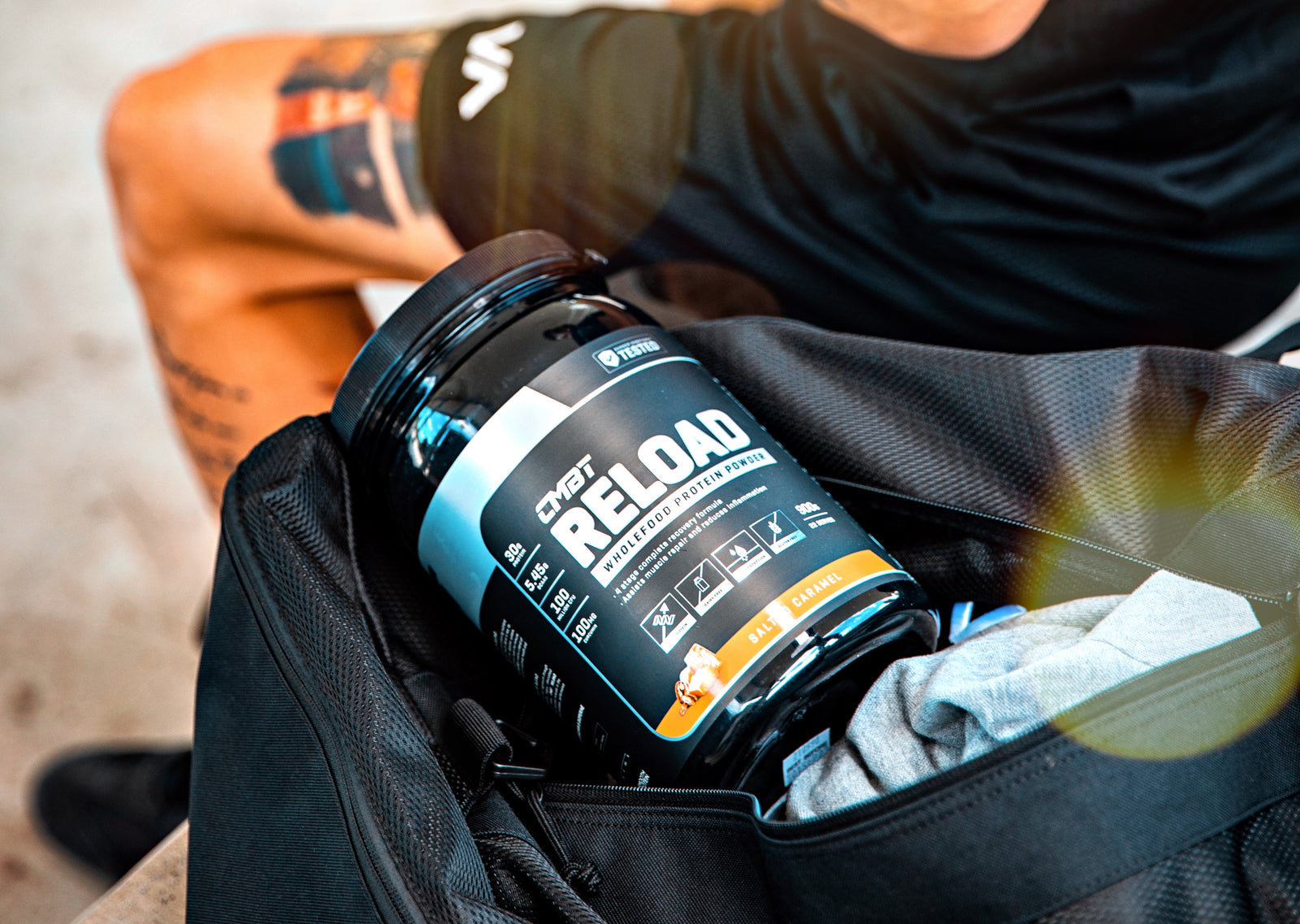
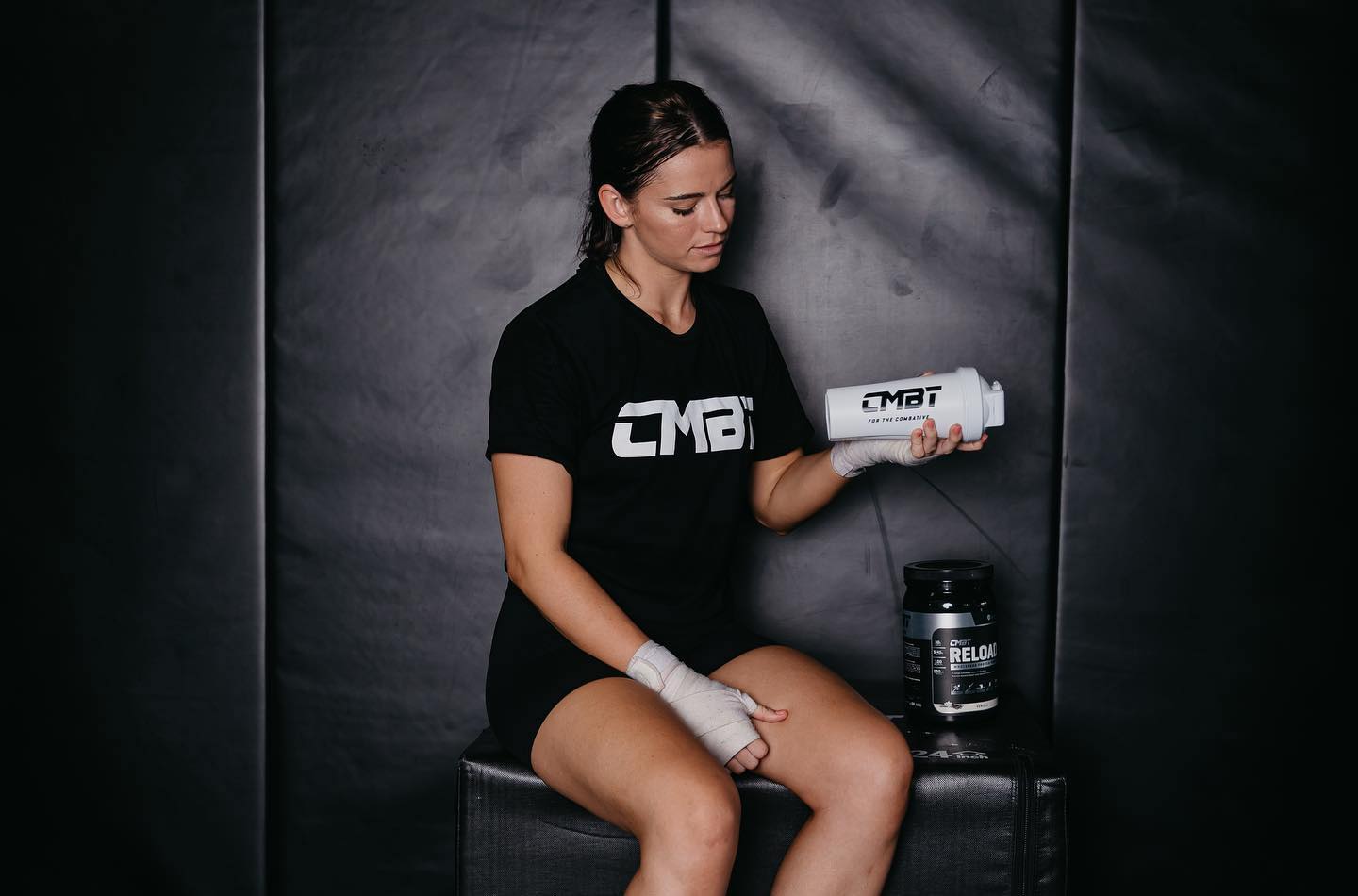
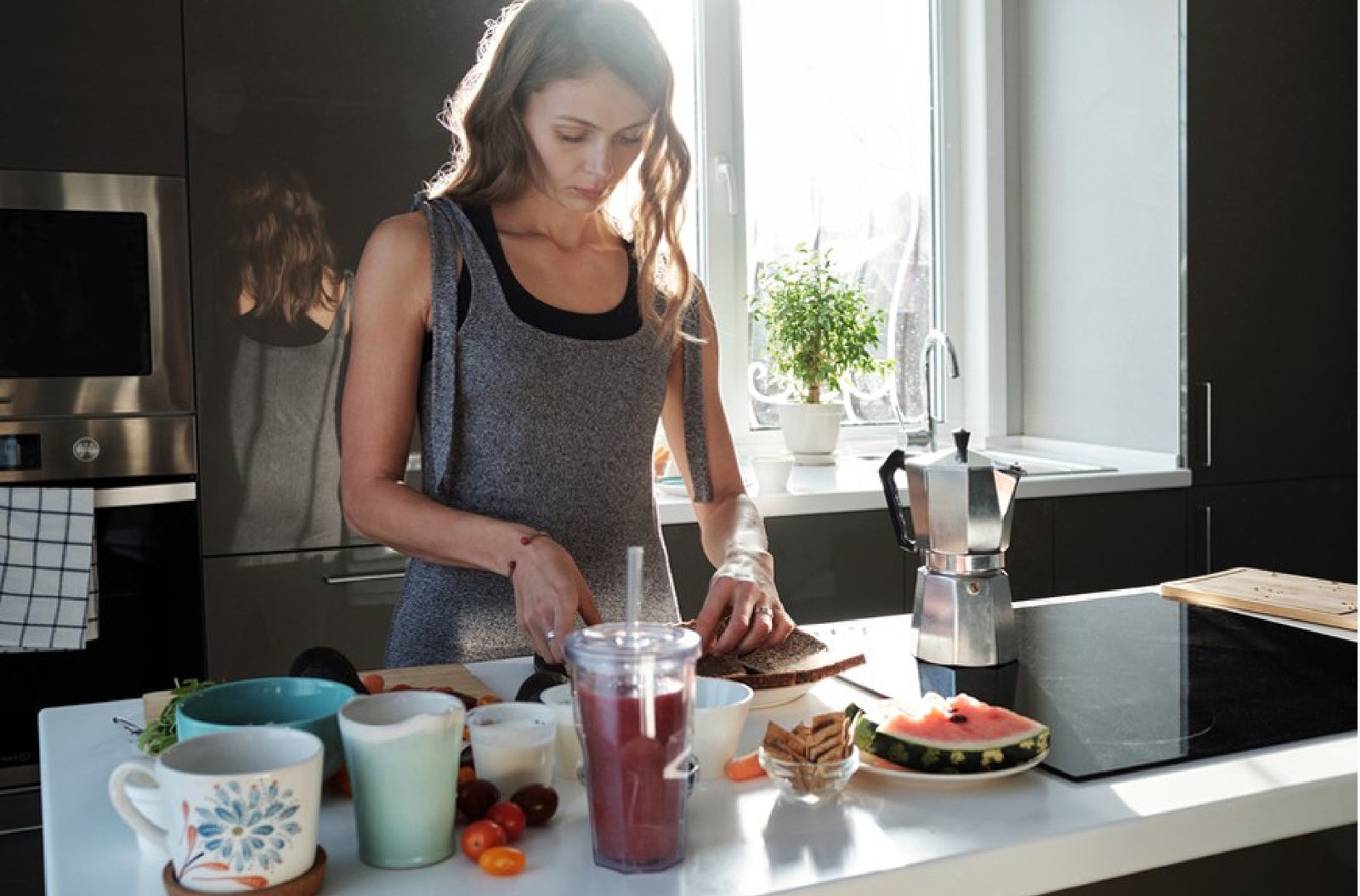

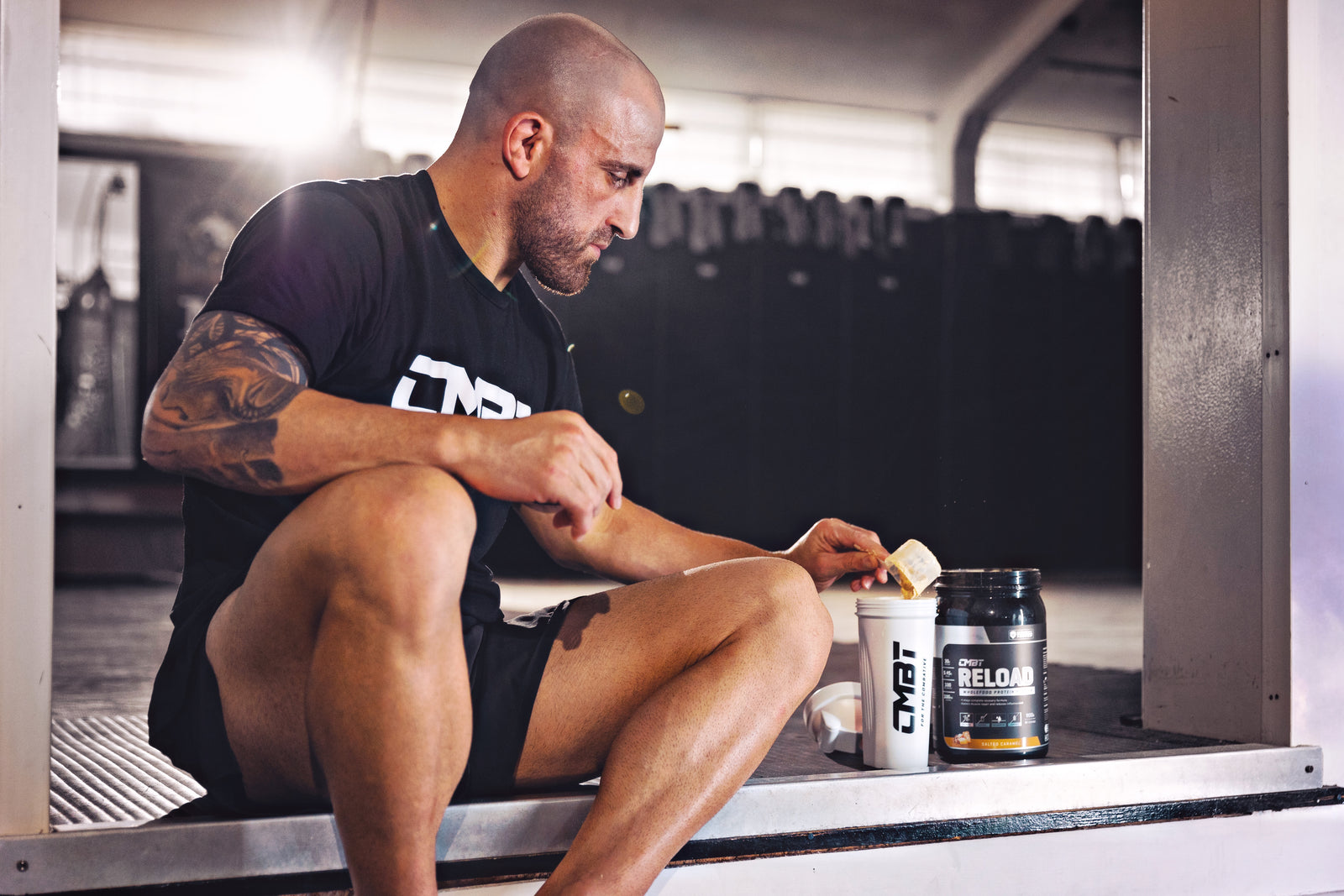


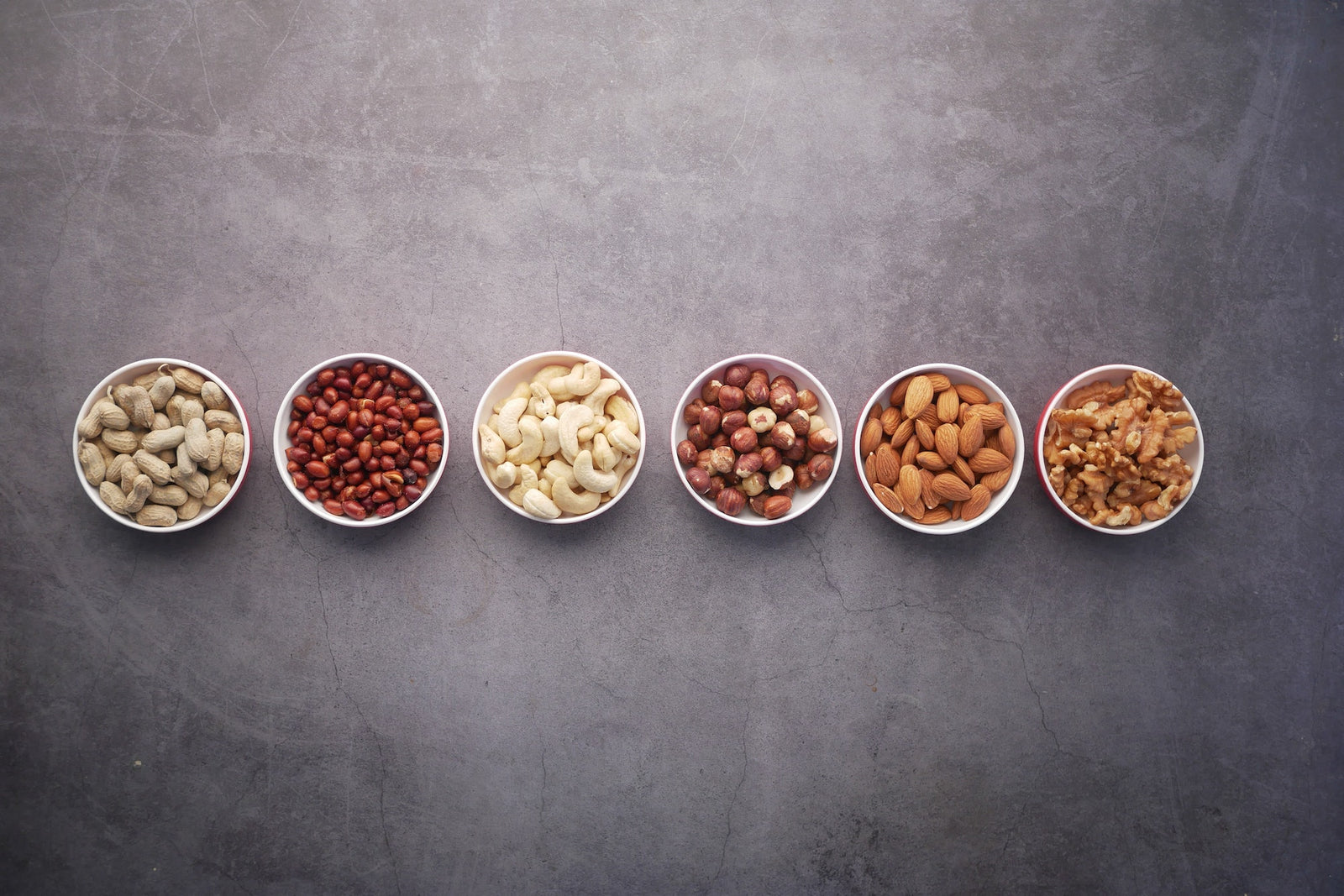
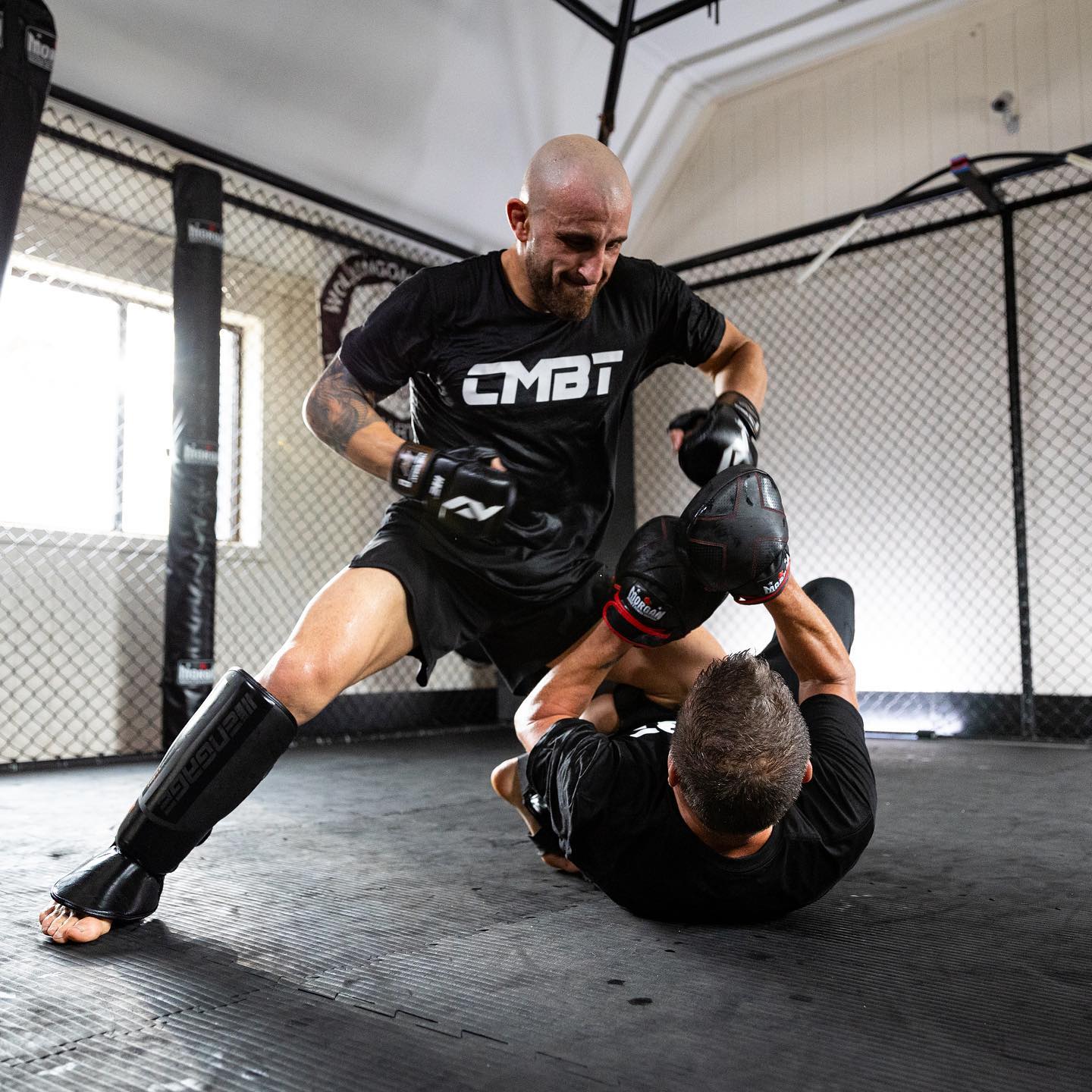


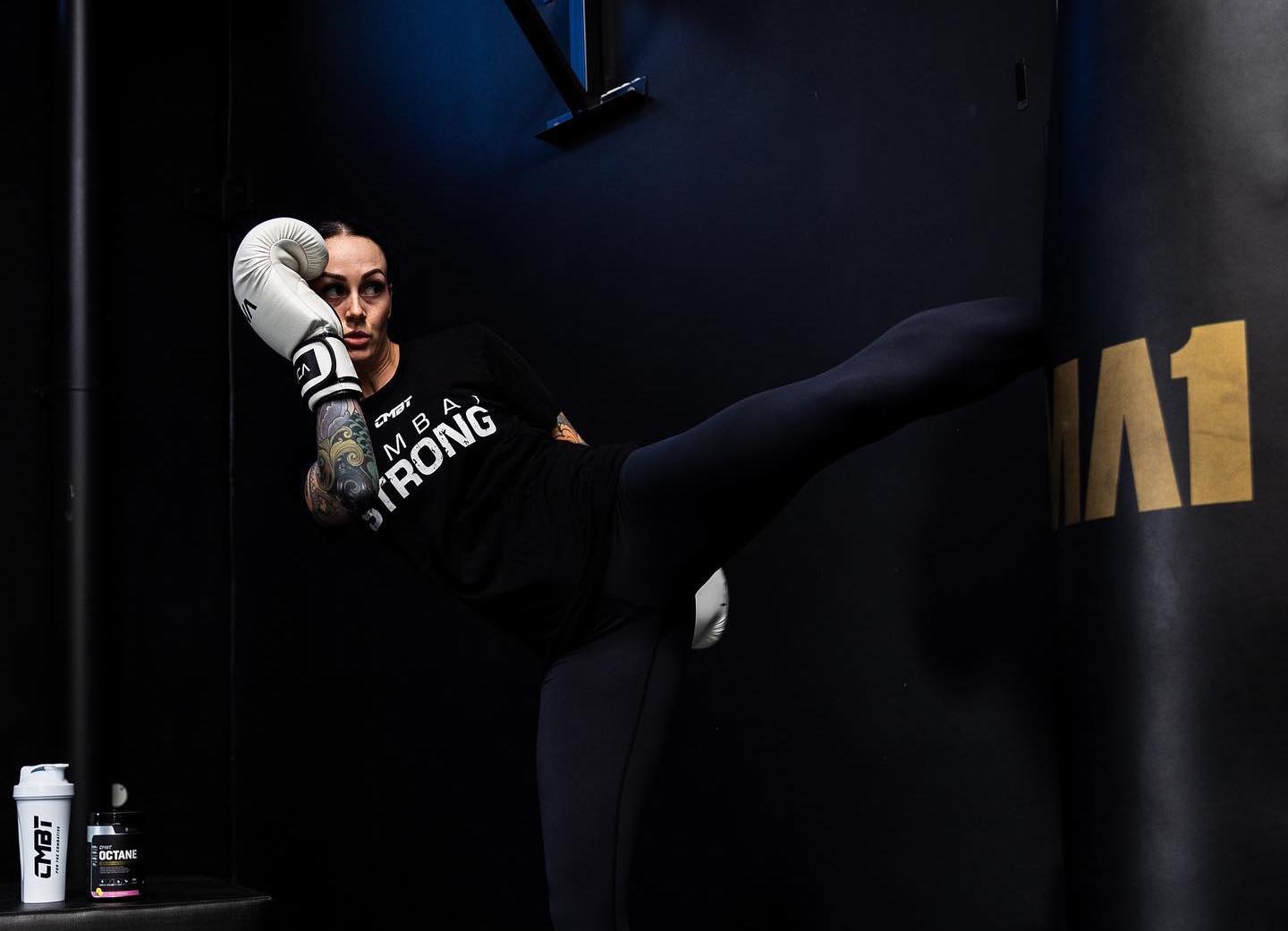

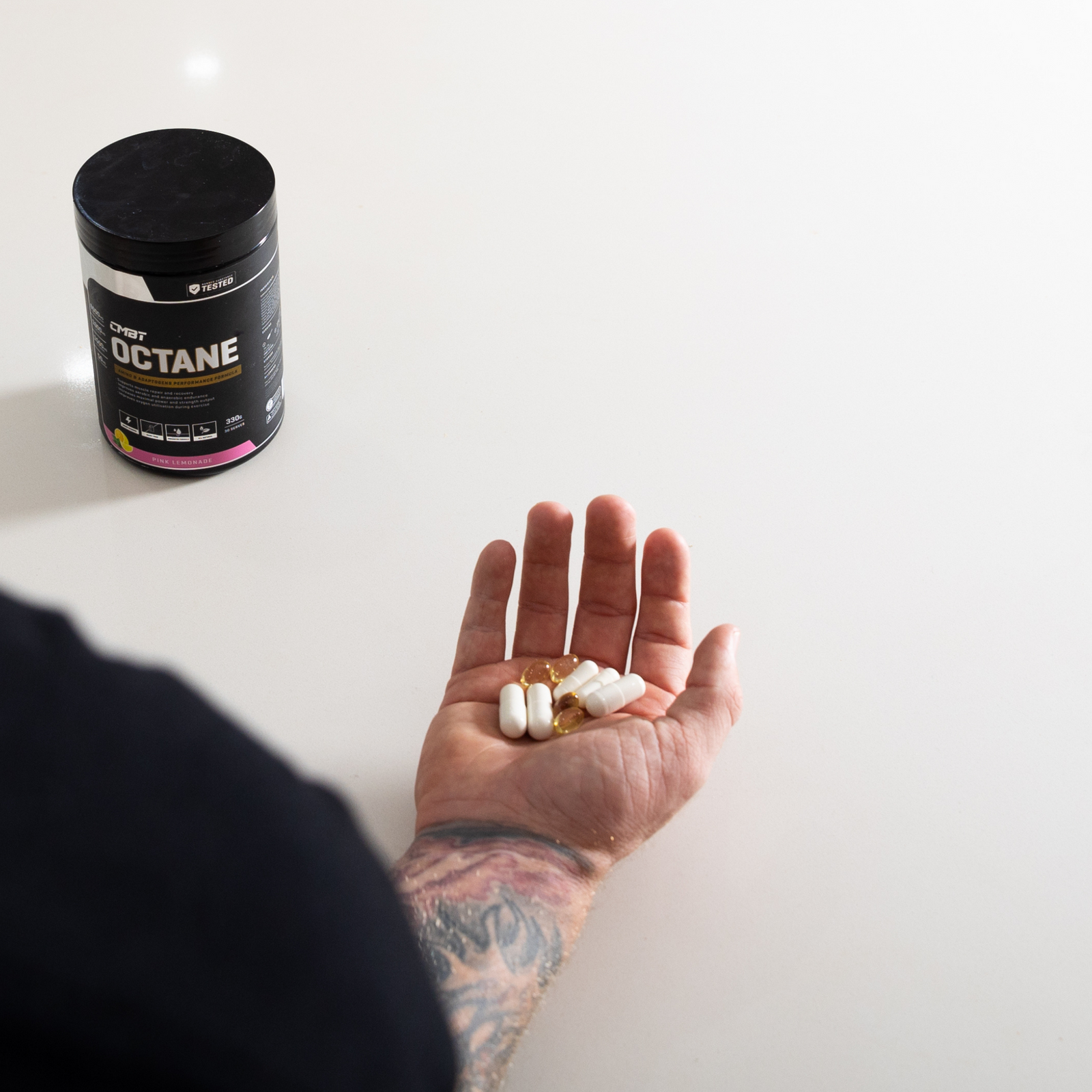


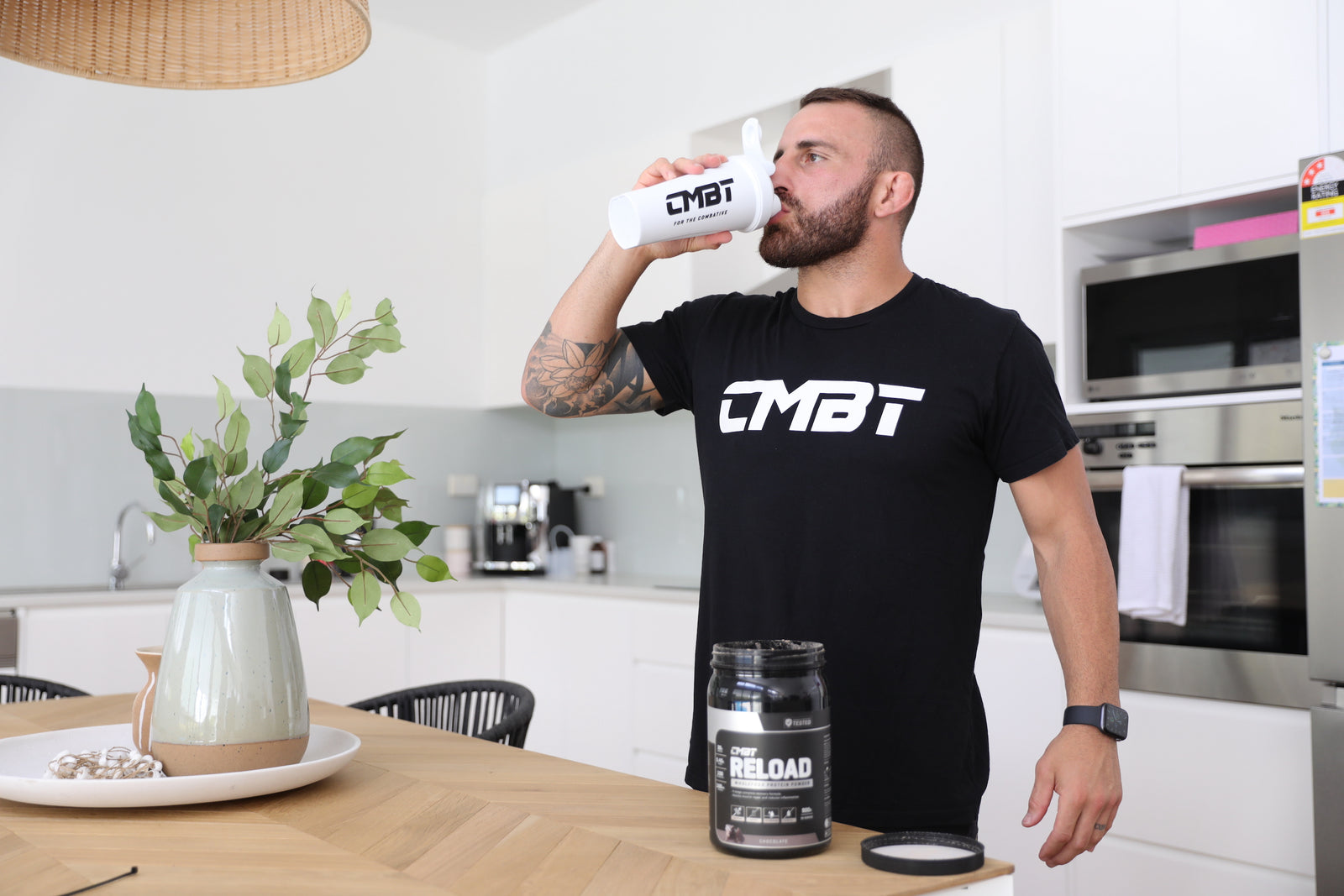
![[VIDEO] Fuel Your Passion feat. Sami Locke](http://cmbt.com.au/cdn/shop/articles/Sami.jpg?v=1625826844&width=1600)